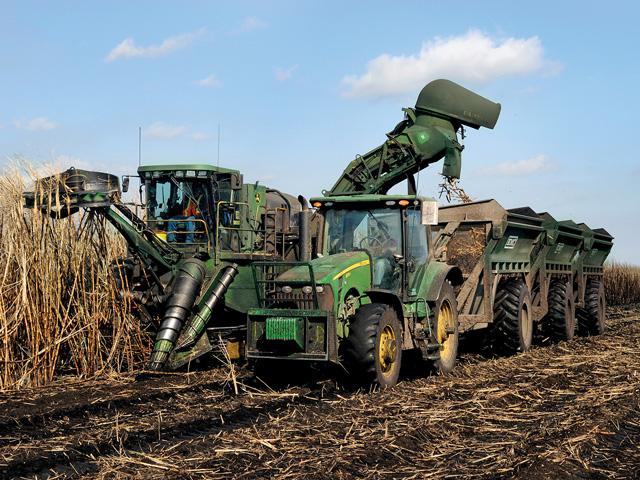Transforming Agriculture: U.S. Sugar’s Embrace of Precision Technology
In the rapidly evolving landscape of agriculture, advancements in technology are reshaping traditional practices. A prime example of this transformation can be seen in U.S. Sugar’s adoption of John Deere’s Work Plans package, which streamlines operations by automating field setups and minimizing operator guesswork. As Berden, a representative from U.S. Sugar, points out, the ability to accurately identify field locations and receive precise guidance lines is a significant game-changer for productivity.
The Importance of Documentation
One of the standout features of Work Plans is its ability to document work completed in the field. Berden emphasizes its value, stating, "If I send you to the field to go do some work today, we also know: Did you use the technology that we’re paying for?" This level of insight allows U.S. Sugar to engage in constructive discussions with operators, focusing on troubleshooting issues rather than assigning blame. By understanding technology usage, the company can better assess training needs and identify potential equipment malfunctions.
Measuring Impact on Production
U.S. Sugar is committed to measuring the benefits of its technology initiatives. According to Berden, the production trend over the past decade shows a positive correlation with precision agriculture tools. Efficient guidance systems, for example, are believed to reduce overlap during operations by 15% to 20%. Additionally, features like Deere’s auto FieldCruise contribute to impressive enhancements in fuel efficiency, boosting it by 12% per hour during harvesting by optimizing engine performance.
Exploring Autonomous Operations
As U.S. Sugar ventures into the realm of autonomous operations, Berden remains cautious yet optimistic. He acknowledges the current limitations, noting, "There’s a lot of technology already in the tractor, but it’s everything around and behind the tractor that’s not highly automated today." While the prospect of autonomous tractors is enticing, the company recognizes that not all equipment, like disks, possesses the necessary intelligence for full automation. The focus thus remains on integrating more sensory data to support decision-making in the field.
The Future of Tractor Operations
The concept of operating multiple autonomous tractors introduces new complexities. Berden highlights that the skill set required for future operators will differ significantly from those of traditional tractor drivers. The goal is not merely to automate but to find a balance between human oversight and machine efficiency. Understanding what skills are essential for managing several machines simultaneously will be crucial as operations evolve.
Leveraging Advanced Technology
U.S. Sugar utilizes a diverse array of Deere technologies, all of which operate on one of the nation’s largest private Wi-Fi networks. This technology suite includes:
-
JDLink: This system connects machinery, providing real-time data on machine health and operations to Deere’s Operations Center, which is essential for maintaining equipment efficiency.
-
Work Plans: As discussed, this tool automates the flow of tasks and instructions to machines, ensuring that operators have the right information for each field.
-
Efficiency Manager: This technology fine-tunes fuel consumption and performance by adjusting the transmission and engine speed based on load conditions, thereby optimizing operational efficiency.
-
Multi-Section Dry Fertilizer Applicators: This allows operators to leverage section control for precise fertilizer application, reducing waste and maximizing yield.
-
John Deere sugarcane harvesting innovations: Technologies like auto idle, FieldCruise, and SmartClean enhance the harvesting process, improving speed control and cleaning efficiency.
- T3rra Cutta Landforming software: This utilizes RTK drones for accurate surveying, ultimately improving land leveling and water retention through enhanced GPS capabilities.
Training for Tomorrow’s Operations
As U.S. Sugar navigates the technological landscape, the emphasis on training cannot be understated. Operators will need a blend of traditional skills and new competencies. Berden acknowledges the need for training that accommodates both technical expertise and operational efficiency, aiming to empower operators rather than overwhelm them with complex systems.
Through these innovations and strategic partnerships, U.S. Sugar exemplifies the promising future of agriculture, where technology and human expertise work hand in hand to drive productivity and sustainability. The journey ahead involves not just adopting new tools but also redefining the roles and skills of those who operate them.


